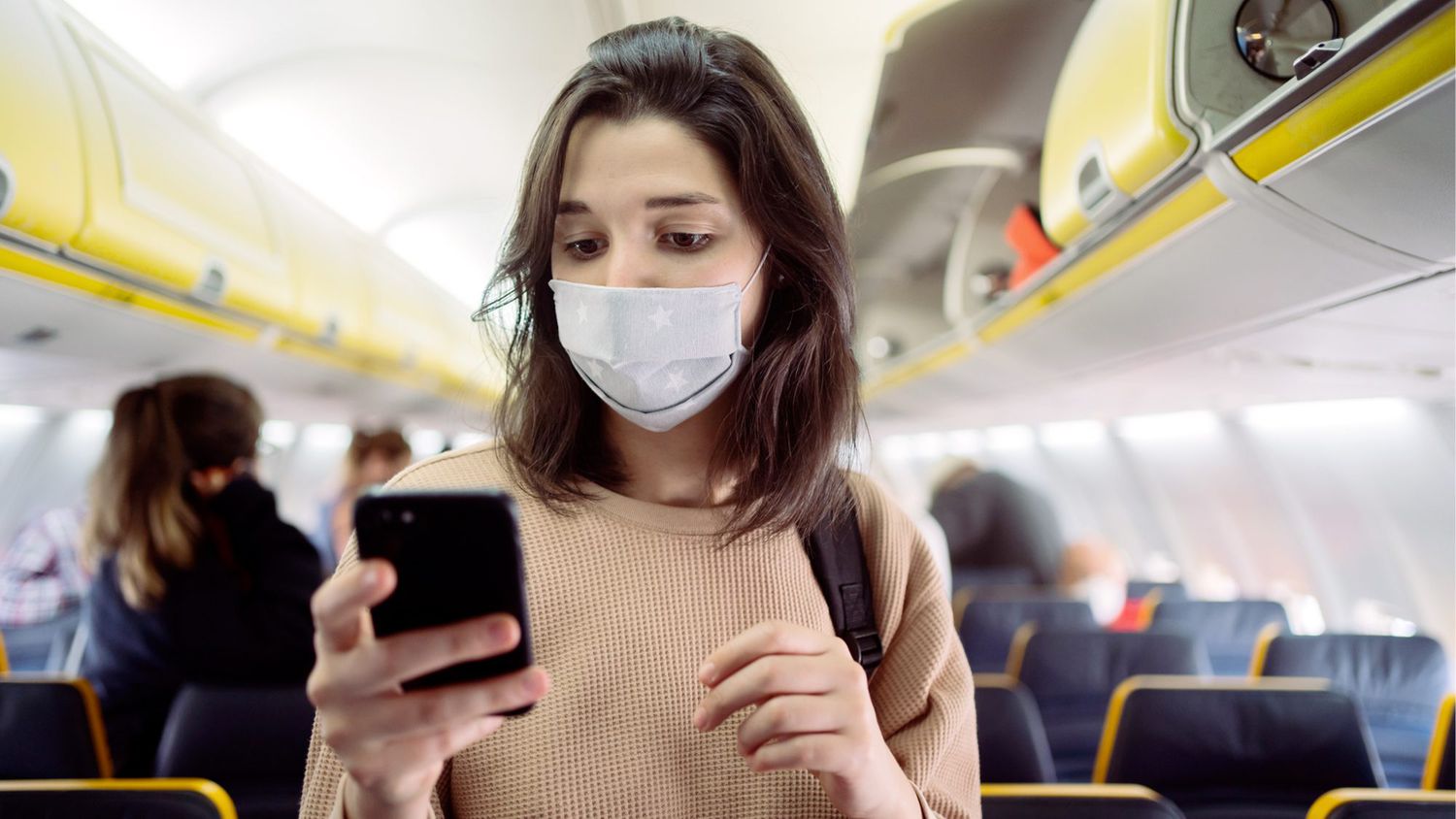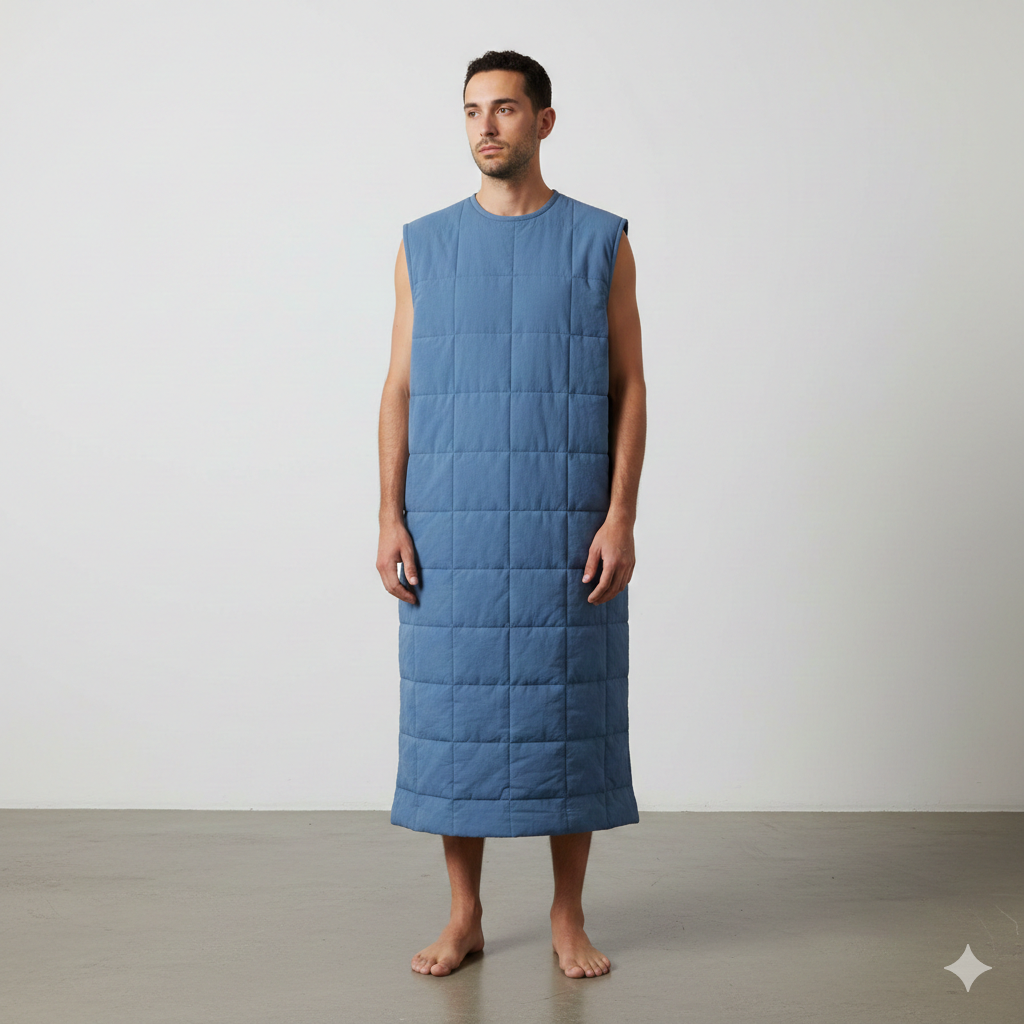Evaluating the Effectiveness of 'One-Way Masking' Against COVID-19

One-way masking is the act of wearing a mask in an environment where others aren't masked. It can provide significant protection against COVID-19, even if you're the only one wearing a mask. The mask still filters respiratory droplets as long as it fits well and is worn for the needed duration.
The greatest benefit of avoiding COVID and other respiratory illnesses comes from all people wearing masks correctly. Research has shown that one-way masking doesn't completely protect against COVID, especially if you're in a crowded indoor area.
There's still ample data that shows one-way masking can provide some protection for the wearer. People who consistently wear masks that are both comfortable and well-fitting are less likely to get COVID than those who don't. A study published in 2021 found that wearing a mask on airplanes could reduce the risk of infection by up to 54% from an infected passenger sitting close by.
Masks can filter any respiratory droplets and block any particles that may have escaped from the people around you. This is especially true when wearing a mask that fits well across your face, is multi-layered, and is worn for the entire duration you may need it. More research is needed to know if one-way masking can be effective if the wearer tests positive for COVID after isolation ends.
Many studies have shown that a mask protects the person who's wearing it. The level of protection depends on the type of mask, mask material, how consistently people are wearing them, and the rate of infection in the community.
High-quality respirators—KN95 or N95 face coverings—provide the most protection from a respiratory infection. Surgical and cloth masks still offer some amount of protection to wearers. You must wear them correctly, meaning there are no gaps or wet or dirty material. These masks provide even more protection when you layer them together.
A KN95 or N95 mask significantly protects the wearer against COVID, even if the other people don't wear a mask. One person who wears a KN95 is sometimes better than both people who wear a surgical mask. There's still some 'one-way' protection for surgical masks, Eric Cioe-Peña, MD, director of global health and emergency department physician at Staten Island University Hospital, told Health.
You can do other things beyond wearing a mask that can reduce the risk of transmission. This includes getting vaccinated for COVID and staying up to date with booster shots.
Social distancing from people who aren't wearing masks, especially if you are an older adult or have a weak immune system, can help lower the risk. Minimizing time in dense crowds, especially in low-ventilated or indoor locations, can lower the risk of exposure.
More steps you can take to protect yourself and others include:
One-way masking means that you're wearing a mask in an environment where no one else is wearing one. It doesn't shield you completely, but one-way masking offers more protection against COVID than not wearing a mask.
Make sure you wear a mask that fits well, such as a KN95 or N95 mask. You can also opt for a surgical mask layered with a cloth mask on top. Wear your mask for the entire duration you need it.
The information in this story is accurate as of publication. However, as the situation surrounding COVID-19 continues to evolve, it's possible that some data have changed since publication. While Health is trying to keep our stories as up-to-date as possible, we also encourage readers to stay informed on news and recommendations for their own communities by using the CDC, WHO, and their local public health department as resources.




